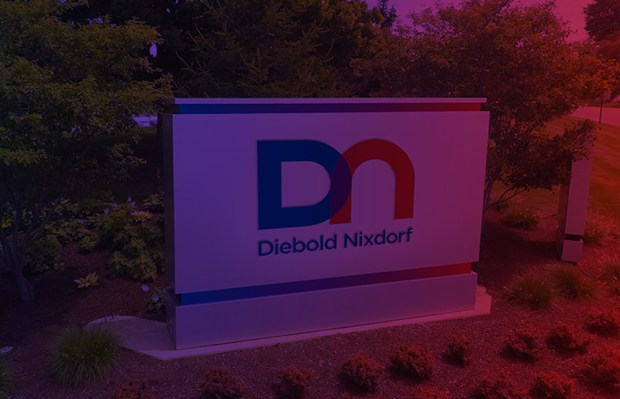Why Banks Will Need Microservices In The Post-Pandemic World Of Digital Banking

The pandemic has shifted everything.
And according to Jeff Bender, vice president of digital solutions at Diebold Nixdorf, the financial services landscape will be forever altered.
“When we look at a post-COVID-19 world,” he said, “there’s no doubt that the global pandemic has had a profound impact on consumer behavior.”
Bender noted that increasingly, financial services consumers are engaged through digital channels they would perhaps have never considered previously.
At the same time, financial institutions (FIs) are experiencing a profound impact tied to the coronavirus.
Overall, there’s a challenge – and potential opportunities – facing FIs as consumers increasingly go digital. As Bender put it: “How do you communicate with those same consumers who are now one step removed from you? And when they do come in, how do you accommodate the ‘new normal’ of consumer demand?”
That new normal, he said, includes significant demand for touchless interaction in the branch, and there has been a continued embrace of cardless capabilities (such as through the use of QR codes), which eliminates the need to handle plastic at the ATM.
For banks seeking to cement loyalty with consumers, being able to anticipate which products and services might be needed down the line is crucial in forging competitive advantage and differentiation. Consider the scenario where FIs can engage with consumers at the ATM through pop-up alerts offering incentives to open up accounts, for example.
In the age of mobile and contactless banking, Bender said, larger FIs, including the marquee names in banking, are able to offer customized digital experiences that are developed in-house. Moving down a notch to Tier 1 banks, the majority of these FIs purchase applications from third parties, especially for standard banking functions. The result is that one bank’s app looks and functions much like every other bank’s app.
But in a hyper-competitive and digital environment, he told PYMNTS, FIs need to partner with additional third parties for “microservices.”
These microservices are focused on specific tasks or products such as check imaging, account access or even cardless cash withdrawals. The build vs. buy debate is settled in favor of partnerships, which can help FIs broaden what’s on offer and even expand into new geographic areas.
“Micro applications can quickly be integrated into an existing provider’s application, and the benefit is that you don’t have to throw out any of your existing investments,” Bender said, adding that “it’s easy to integrate that capability and bring it to market in the context of your existing application that your customers are already familiar with.”
That means FIs don’t need to change their systems governing identity management and authentication, nor do they have to carry the costs of new data centers or servers.
Bender noted that security can actually be enhanced: As FIs adopt code components or SDKs tied to third-party applications, they “inherit” the security built into those native applications.
Against this backdrop, new use cases can be advanced quickly, and FIs can shift their offerings to satisfy the groundswells of consumer demand. Bender pointed to P2P transactions, where microservices can help bypass the “conversations” individuals must have when sending money to each other.
As it exists now, he said, the sender must alert the recipient that he or she is going to send payment, and they must agree on a service, such as Venmo or Zelle. But the evolution of P2P toward an aggregate service can span online and offline channels. With microservices, that continuum could include sending a digital token to be redeemed at an ATM that dispenses cash.
The evolution of banking toward self-service activities requires data and analytics in order to understand context. As Bender told PYMNTS, FIs can leverage information to, for example, offer loans when a consumer is at a car dealership, or promote personalized “next best offers” for a variety of financial products, thus cementing loyalty.
“All of these things start to come together in a very fluid fashion and become very powerful for the FIs,” he told PYMNTS, “but they’re also very meaningful for the consumers.”